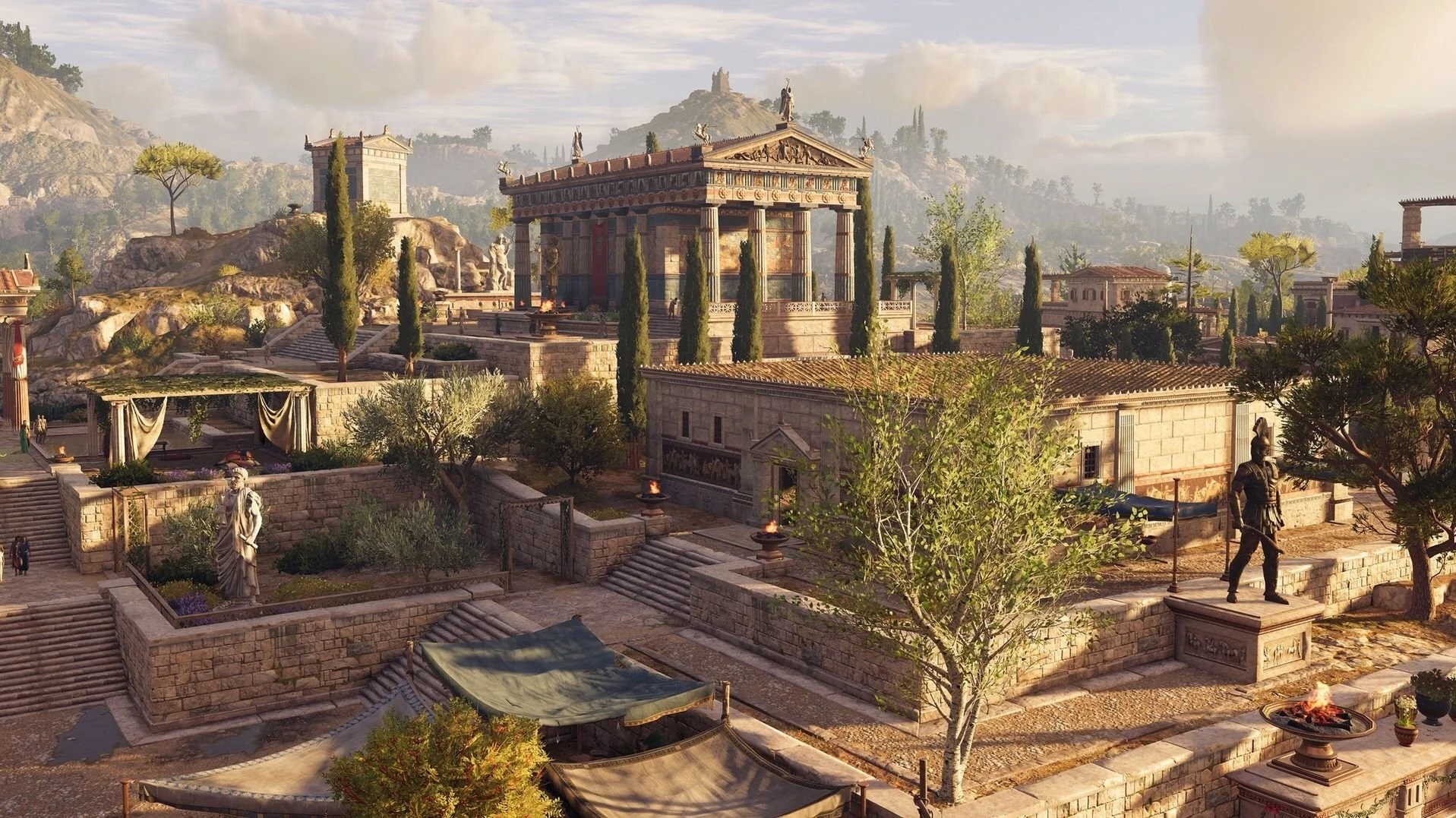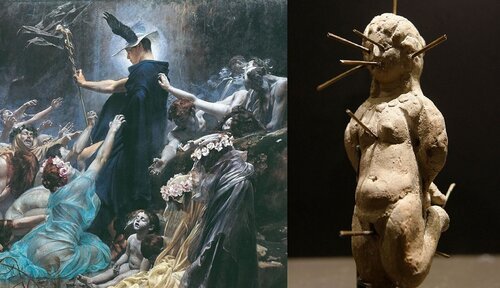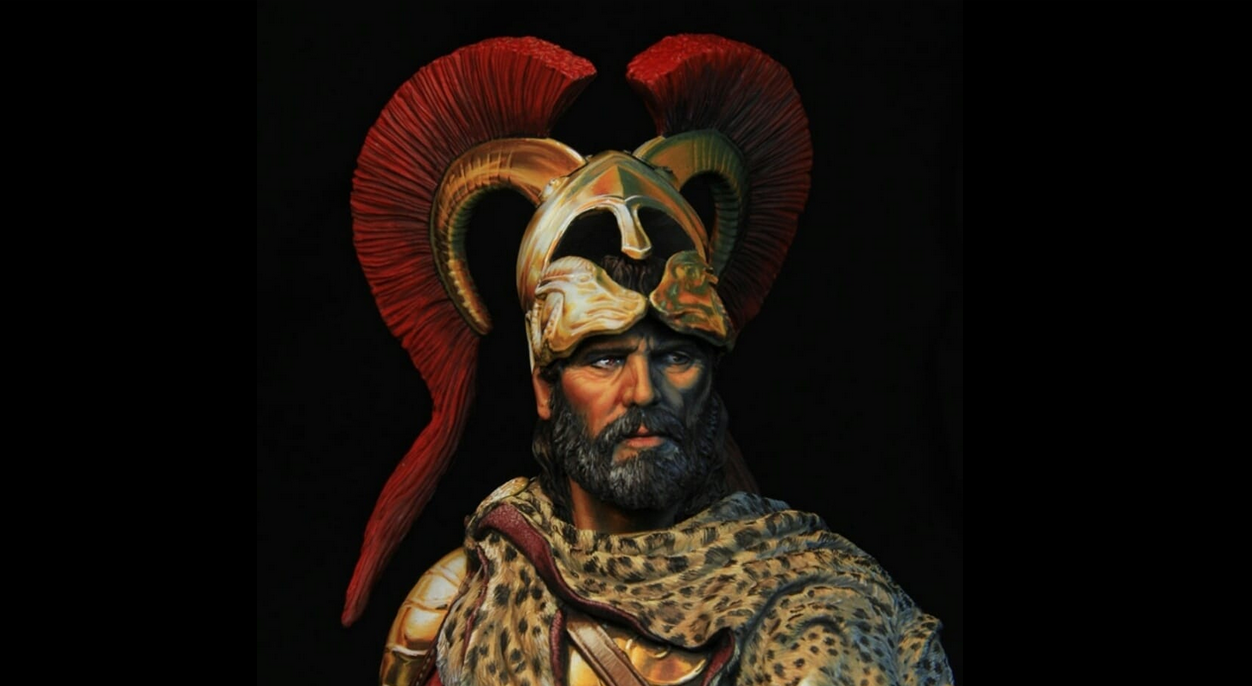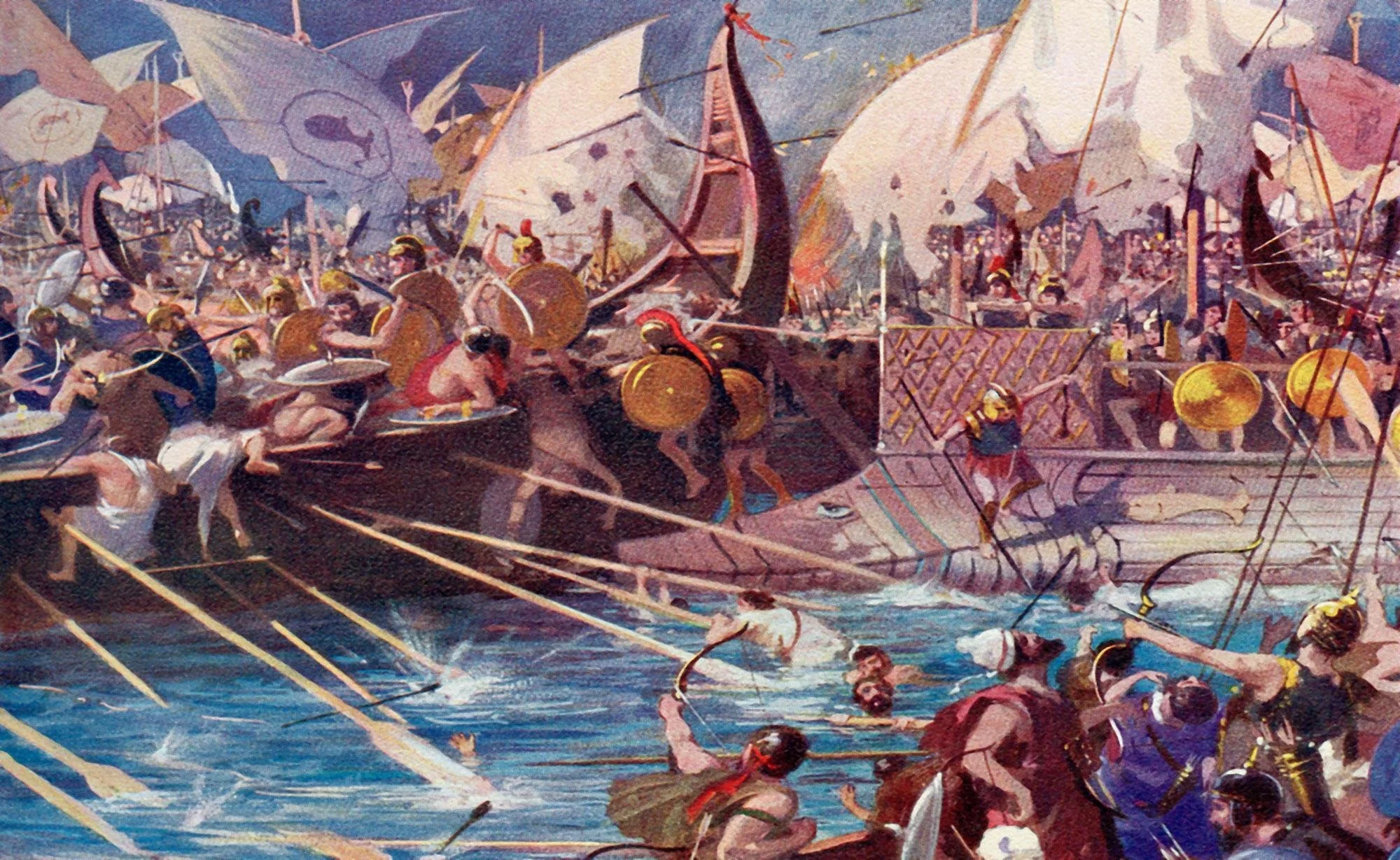The ancient Greeks are often credited with being the forefathers of logic and rational thought, but it seems they also lived in fear of zombies.
Archaeologists claim to have uncovered evidence that suggests the ancient civilisation believed in the undead who would rise from their graves at night.
They have found graves where people had been weighed down with rocks and fragments of amphora to pin them into their tombs.
Remains found at the ancient Greek cemetary in Kamarina, south east Sicily, were found buried in fetal positions like the one shown above. Two of the bodies were pinned into their tombs with rocks and pottery
Ancient documents and records have also been found to contain mention of 'revenants' – reanimated corpses that return from the grave to terrorise the living.
Writing for Popular Archaeology, Dr Carrie Sulosky Weaver, an archaeologist at the University of Pittsburgh, said: 'The ancient Greeks provide an example of a civilisation that wholly embraced the supernatural.
'The writings of ancient authors give us a glimpse into the minds and beliefs of the Greeks and it is clear that many members of the society thought that the dead could roam the earth.
'Greeks imagined scenarios in which reanimated corpses rose from their graves, prowled the streets and stalked unsuspecting victims, often to exact retribution denied to them in life.'
'Necrophobia, or the fear of the dead, is a concept that has been present in Greek culture from the Neolithic period to the present.
'The material remains of necromancy, the purposeful invocation of the dead, are also perceptible in the archaeological record.
'One unique site, the Greek colony of Kamarina in southeastern Sicily, provides evidence for both practices.'
Dr Sulosky Weaver describes how human remains unearthed at a cemetery located near the ancient coastal town of Kamarina in south east Sicily show the extent of the Greek fear of the 'walking dead'.
The town had once been a Greek colony in Sicily, which is now part of modern day Italy and housed a cemetery known as Passo Marinaro that was used from the fifth to the third centuries BC.
Archaeologists have excavated 2,905 bodies at the site – more than half of which contained terracotta vases, figurines and metal coins with the bodies.
However, in two of the tombs, the skeletons found appear to have been buried in specific ways to keep them in the grave.
One body, found in a tomb labelled 653, contained a person of unknown sex, who appears to have suffered from serious malnutrition and illness during the life.
Their body, however, had been completely covered by large fragments of amphora.
This drawing of tomb 653 from the ancient Greek Passo Marinaro cemetery in Kamarina, Sicily, shows how one body was weighed down with large pieces of amphora, which had been placed on its head and feet. It is thought this may have been because people at the time feared the individual might rise from the dead
A child aged between eight and 13 years old, shown in the sketch above, was also found in the Passo Marinaro cemetery with five rocks that had been placed on top of the body to trap it in the grave
Dr Sulosky Weaver said: 'The heavy amphora fragments found in Tomb 653 were presumably intended to pin the individual to the grave and prevent it from seeing or rising.'
It is likely because of their illness, people feared they had been in some way possessed or were already a member of the walking dead and so were buried to prevent them rising again.
A second burial found in tomb 693 on the same site contained the remains of a child aged between eight and 13 years old.
Dr Sulosky Weaver, who is writing a book on the burial practices of the ancient Greeks living in Sicily, added: 'This individual was buried with five large stones placed on top of the body.
'Like the aforementioned amphora fragments it appears that these stones were used to trap the body in its grave.'
Large stones were also used to create the tombs at Passo Marinaro, shown in this reconstruction at the Regional Museum of Kamarina, which may also have served to keep the dead from rising to bother the living
This drawing of a katadesmos, or magic curse, was found in the cemetery at Kamarina and may have been used in necromancy to encourage the dead to rise to reek revenge on the living
She added that tablets enscribed with katadesmos, or magic spells, found at Kamarina, also suggest some inhabitants of the town tried to use curses and spells to raise the dead from their graves.
'Although there are no clear indicators in either the burial contexts or the skeletal remains that would explain why the occupants of Kamarinean Tombs 653 and 693 were pinned in their graves, their special treatment suggests that necrophobic beliefs and practices were present in Greek Sicily.
'However, our understanding of these traditions is tenuous and more questions than answers remain.
'It is hoped that the careful examination of future cases will shed light on this unusual custom and provide us with a more complete picture of necrophobia in the ancient Greek world.'
The cemetery was found outside the ancient town of Kamarina, a Greek colony on the island of Sicily (above)
Original article: dailymail.co.uk














